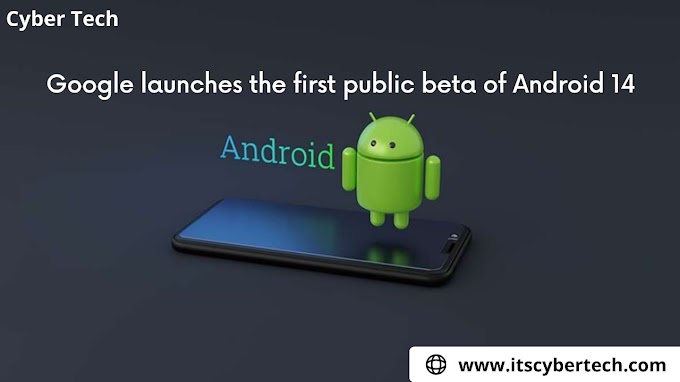Python is a flexible, excessive-degree programming language that has seen notable growth in popularity during the last decade. It is known for its simplicity and clarity, making it a remarkable choice for novices and experts alike. But what makes Python virtually effective are its libraries - pre-written pieces of code that programmers can use to remedy commonplace troubles. In this text, we are able to explore the pinnacle 10 critical Python libraries each developer should master while running with frameworks.
Understanding Python Libraries
NumPy: Numerical Computing Made Easy
Pandas: Data manipulation at its best
Pandas (which stands for Panel Data) is another powerful tool in our list to help with data manipulation and analysis. If you are dealing with large amounts of data or need to prepare your data before further processing, Pandas will be your best ally. It provides complex structures like DataFrames (two-dimensional tables) and Series (single-dimensional arrays), making slicing and dicing your data a breeze!
Matplotlib: For All Your Visualization Needs
When it comes to plotting graphs or creating visualizations in Python, Matplotlib is the go-to library. It’s capable of creating a wide range of high-quality plots and charts that can help you understand data better or present it in a more engaging way.
Scikit-Learn: Machine Learning Simplified
Scikit-research is one of the maximum famous libraries for device mastering in Python. It offers a wide range of supervised and unsupervised studying algorithms, all applied via a simple and consistent interface. Whether you’re looking to do regression, type, clustering, or dimensionality reduction - scikit-analyze has got you covered!
TensorFlow: Deep Learning Done Right
TensorFlow is an open-source library developed by Google for executing deep learning models. With its flexible architecture, developers can create computational models on not just one but multiple CPUs or GPUs. If your work involves neural networks or natural language processing (NLP), mastering TensorFlow will be quite beneficial.
Keras: High-Level Neural Network API
Keras works on top of TensorFlow and Theano to provide an intuitive way to build deep learning models using high-level building blocks. Its simplicity does not compromise its power though; Keras supports multi-GPU setups and distributed training which makes it both accessible for beginners and powerful enough for experts.
OpenCV: Computer vision made it easy
OpenCV (Open-source computer vision) is an essential tool if your application includes image-processing tasks such as object recognition, face recognition, etc. It provides an easy-to-use interface that works with images and is made more appropriate as a real-time application.
Beautiful Soup: Your partner scraping the web
Beautiful Soup simplifies the task of web scraping - extracting text from websites - by providing a Pythonic idiom to use parse trees generated from HTML or XML documents in order to easily extract specific data items.
Scrapy: An Open Source Web Crawling Framework
If Beautiful Soup helps with basic web scraping, Scrapy takes it to another level by providing a complete framework for crawling websites and extracting structured data which can be used for data mining or information processing.
Requests: HTTP for Humans
Request is a library that simplifies making HTTP requests. It abstracts the complexities of making requests behind a simple API, allowing you to send HTTP/1.1 requests with various methods like GET, POST, and others. With it, you can deal with cookies, sessions, and headers effortlessly.
FAQs
Q1: What are Python libraries?
A1: Python libraries are collections of reusable code modules that provide functionalities to perform many tasks without having to write the code from scratch.
Q2: Why do we use libraries in Python?
A2: Libraries save significant time and effort as they provide pre-written code for common programming problems which reduces the chance of error and makes code more efficient.
Q3: How many libraries does Python have?
A3: There are hundreds of different libraries available in Python catering to different areas such as web development, machine learning, data analysis, etc.
Q4: What is the most popular library in Python?
A4: This largely depends on what task you’re performing but NumPy, Pandas, and Matplotlib are among some of the most widely used across applications due to their versatility.
Q5: Are all these libraries included with standard Python installation?
A5: No. Standard Python installation comes with basic built-in modules only. These additional packages need to be installed separately using pip (Python package installer).
Conclusion
Mastering these top 10 essential Python libraries will surely make your existence less difficult when growing frameworks in this language. Whether it’s manipulating large datasets or growing beautiful visualizations – understanding whilst and a way to use those gear will make you a miles greater powerful programmer!




